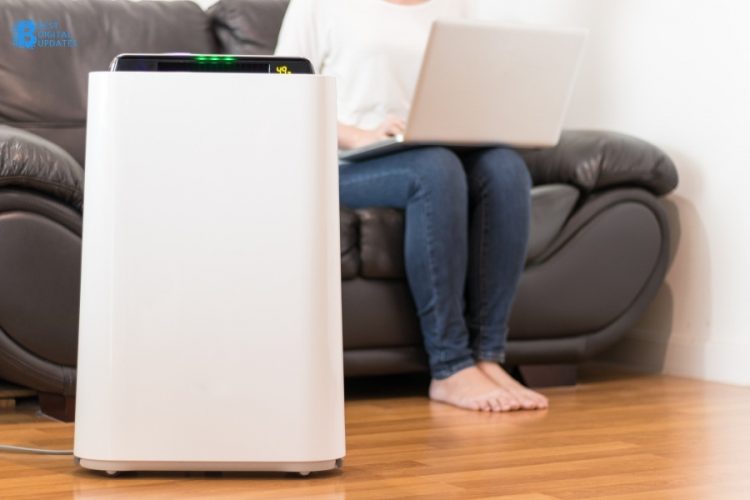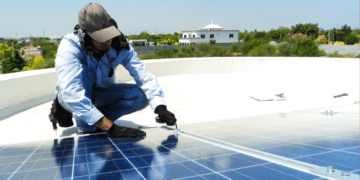If you’ve purchased some of the best HEPA air purifiers or vacuum cleaners, you might be familiar with the term “HEPA”.
What does it imply when a filter is referred to as “HEPA”, and why does it matter? This is how it works:
HEPA, which is short for High-Efficiency Particulate Air, is a term that describes filters that can capture 99.97 per cent of 0.3-millimetre particles. However, the HEPA benchmark and certification process was not ascertained until 1983.
The advancement of HEPA filters origins back in WWII, when the American Scientific community with the Manhattan Project developed the first HEPA filter to catch dangerous particles emitted during the atomic bomb’s creation. Scientists refer to that micron size (0.3) as the MPPS or most penetrating particle size. Scientists have discovered that particles of that dimension evade air filters more than particles of greater or smaller size.
The majority of current HEPA filters are made of interwoven glass fibres that are twisted and rotated in various orientations to form a fibrous maze. As particles move through this network, they are removed from circulation in the following ways:
Direct Impaction
Table of Contents
Large pollutants, such as particulates, mould, pollen, travel in a straight line and collide with and stick to a fibre.
Sieving
Sieving occurs when an airstream transports a particle between two fibres, but the particle is larger than the gape and becomes entangled.
Interception
Airflow is quick enough to reroute around fibres while particles continue on their course and adhere to the sides of threads due to inertia.
Diffusion
Since tiny, ultrafine particles travel more irregularly than bigger ones, they are more prone to collide with and adhere to fibres.
Is HEPA Available in Different Forms?
Marketers use numerous terms to describe air filters. While True HEPA is essentially a marketing term, many people distinguish between European and American HEPA standards. In order to be HEPA-certified in Europe, a filter only needs to collect 85 per cent of particles sized at 0.3 microns instead of 99.97 per cent in the United States. As a result, the American standard is repeatedly alluded to as “True HEPA”. Accrediting agencies in the United States and Europe do not recognize the terms “HEPA-type”, “Ultra HEPA”, and other HEPA variations.
Under the right conditions, some air purifiers can successfully remove some respirable-size particles (for example, tobacco smoke particles). As these invisible particles can be inhaled deeply into the lungs, they are a source of concern. These effects might span from irritation of the eyes and lungs to more significant consequences such as cancer and impaired lung function.
It is still a topic of debate whether air cleaners can minimize allergic reactions caused by bigger particles such as pollen, house dust allergens, certain fungi, and animal dander. The majority of these particles are located on surfaces in the home rather than in the air. And, they can only be removed by an air cleaner if they are displaced and suspended back in the air.
HEPA filters, like the Manhattan Project, were designed to be utilized in laboratories and factories. They’ve now made their way into consumer products such as automobiles, vacuum cleaners, and, yes, you nailed it, the best HEPA air purifiers!
Hope you like this article, Visit Best Digital Updates again to read more awesome contents.




















